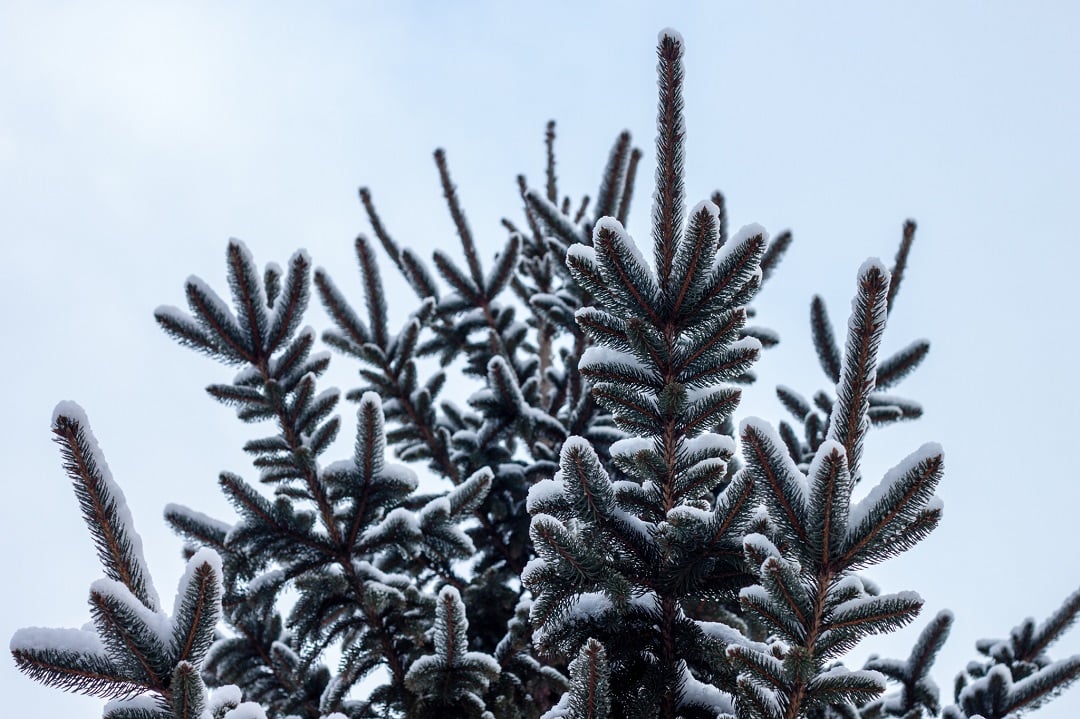

Winter is here.
Many people struggle with dry, cracked, and irritated skin due to the cold weather that the winter months bring. These skin problems are an annual occurrence for some folks, but how do you know if that “winter rash” isn’t something more serious?
Here are some common skin illnesses found during the winter months and what you can do about them.
Eczema, also known as dermatitis, is an extremely common skin disease that can be triggered by cold weather, allergies and other physiological changes to the skin.
Common symptoms of eczema are red, itchy, and dry patches on the skin. Eczema outbreaks can happen on any location on the skin but it is frequently found on high contact areas, such as the face, hands, and feet.
Luckily, most cases of eczema and dermatitis can be treated by over-the-counter remedies such as moisturizing creams and lotions. A weak hydrocortisone cream, which can be purchased without a prescription, should be applied frequently at the problem areas, whereas general body lotion can be used all over the skin.
With that said, due to the wide-ranging nature of dermatitis related illnesses, we often recommend a face-to-face talk with a dermatologist for a personalized treatment plan that will better suit the case of dermatitis as hand.
First Derm’s board-certified online dermatologists will be able to provide an answer without having to pay the extra costs associated with going to an in-person dermatologist.
Folliculitis is an inflammation of your hair follicles that is caused by hair follicles rubbing against clothing or poor shaving technique.
Cases of folliculitis are more likely to occur during the winter months. Dry winter skin can provoke an irritation of the hair follicles. Wearing tight-fitting or heat trapping clothes may further irritate the skin.
Common symptoms of folliculitis are small red bumps, most commonly found on the face, scalp and areas of the body that rub against clothing. Symptom bumps may have a tiny strand of hair in the middle of the bumps. These bumps may be sore, itchy, or cause a burning sensation of the skin.
Folliculitis can be recurrent and difficult to treat if left unattended for too long. To help the healing process, you can wash the infected area with antibacterial soap or an over-the-counter antibiotic ointment twice daily. To relieve pain, you can apply a warm rag doused in white vinegar to the affected area. Severe cases of folliculitis may need to be treated with prescription oral antibiotics.
Avoid wearing tight or heat trapping clothes in the affected area and from picking at the bumps as it might cause greater irritation. Folliculitis is a bacterial infection so avoid sharing blankets, pillowcases or clothes that have touched the problem area.
Rosacea is a bacterial infection of the skin found mostly commonly on the face. Symptoms include rashes, redness and small red pus-filled bumps. Rosacea is often mistaken for acne because they share similar symptoms.
Rosacea is more prevalent during the winter since it is caused by an irritation of the skin, associated with the extreme shift in temperatures that winter months can bring. Other causes of rosacea are stress, anxiety, and changes in diet. and for these reasons rosacea is commonly misdiagnosed as acne (acne trade).
If you believe you have rosacea, you should avoid irritating the skin and avoid possible triggers, such as certain medications or foods. Keep the skin moisturized throughout the winter and use metronidazole creams, which can be purchased over-the-counter, to help to relieve the symptoms of rosacea.
You should not use hydrocortisone cream as it could worsen the symptoms. We recommend consulting a dermatologist if you believe you have rosacea as certain cases might warrant a prescription antibiotic.
Preventing Winter Rashes
- Stay Moisturized
This is the most important tip. Using a daily moisturizing lotion can help to prevent your skin from drying out and becoming prone to infection or irritation. Apply moisturizing lotion and creams to high-contact areas such as the hands, face, feet, elbows and knees.
- Stay Warm
If you are in a cold-weather climate, it is important to keep your skin protected from the extreme cold. Wearing gloves, hats, coats, and scarves can help prevent temperature changes in the skin which cause drying, cracking, and redness—the most common symptoms of winter rashes. Try to avoid strenuous physical activity outdoors as the heat trapped within winter clothing can cause an irritation of the skin.
To find out more about skin diseases and illnesses in general, check out First Derm’s Skin Guide
First Derm’s Skin Map below that shows the cases of skin diseases, such as dermatitis, folliculitis, and rosacea throughout the course of the 2015 year.
Experience the fastest way to ask a dermatologist online now
Post Snapshot
Three Common Winter Skin Conditions
- Eczema (Dermatitis)
- Causes: common triggers include cold weather, allergies, environment and genetics
- Symptoms: red, itchy and dry skin patches
- Commonly found on face, hands and feet
- Treatment: Most cases are mild: can be alleviated with over-the-counter remedies including mild hydrocortisone cream
- For severe cases, consult a dermatologist
- Folliculitis
- Causes: bacterial infection due to abrasion of hair folliciles, poor shaving technique
- Symptoms: red, painful and inflamed hair follicles
- Commonly found on face, scalp and groin
- Treatment: Most cases are mild: wash infected area with antibacterial soap, apply antibiotic ointment twice daily.
- For severe cases, consult a dermatologist
- Rosacea
- Causes: common triggers include sun exposure, sudden temperature changes, stress and dietary changes
- Symptoms: rashes, redness, small pus-filled bumps
- Commonly found on face
- Treatment: For mild cases: avoid known triggers, moisturize and apply metronidazole creams
- For severe cases, consult a dermatologist
Two Winter Skin Tips
- Moisturize
- Dry skin is more prone to irritation and infection
- Apply to high-abrasion areas: face, hands, feet, elbows and knees
- Stay Warm
- Wear gloves, hats, scarves and coats
- Exposure causes dry skin, cracking and redness
Ask a Dermatologist Now
Anonymous, fast and secure!

The Specialist doctor from the University Hospital in Gothenburg, alumnus UC Berkeley. My doctoral dissertation is about Digital Health and I have published 5 scientific articles in teledermatology and artificial intelligence and others.






